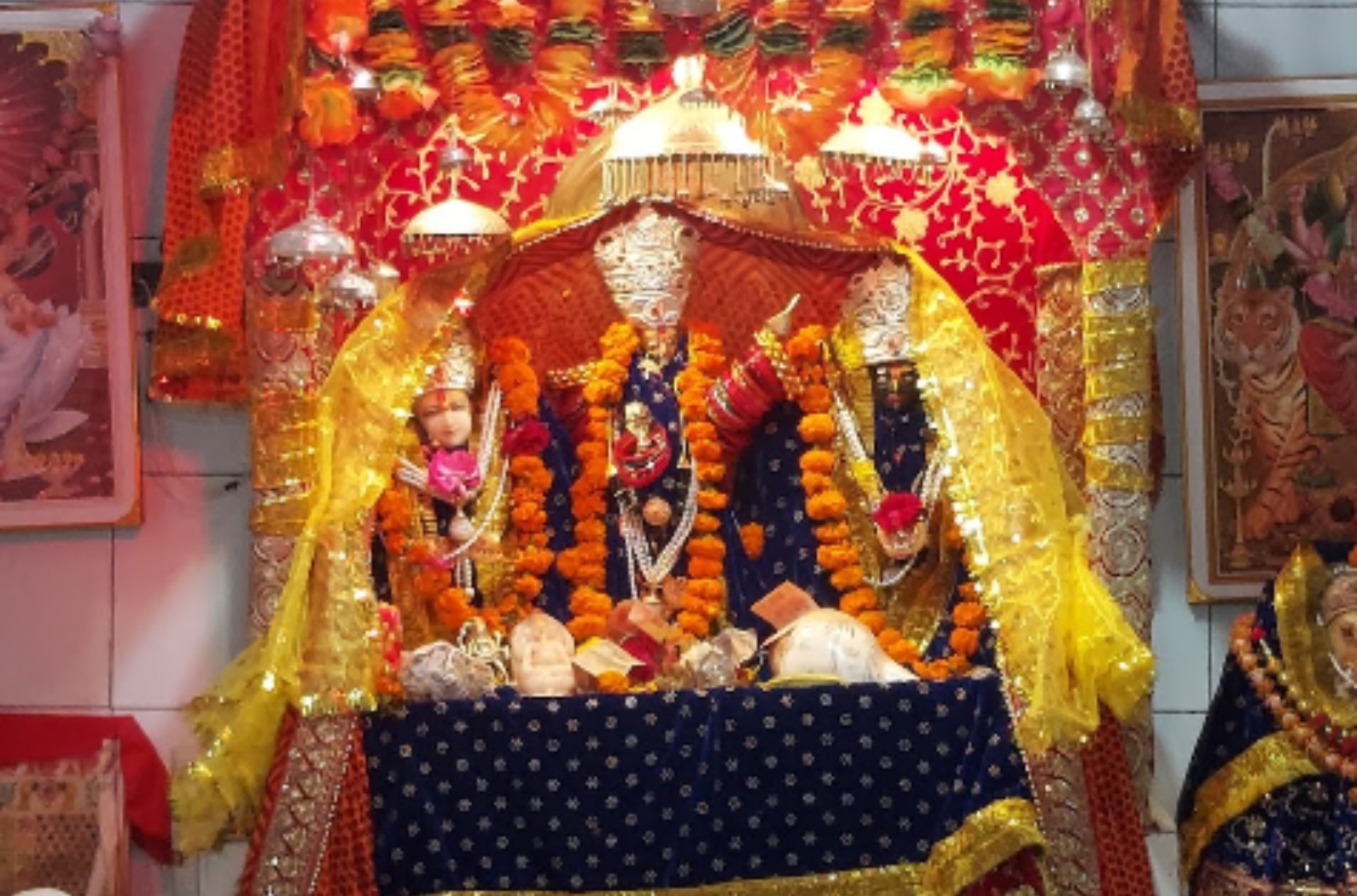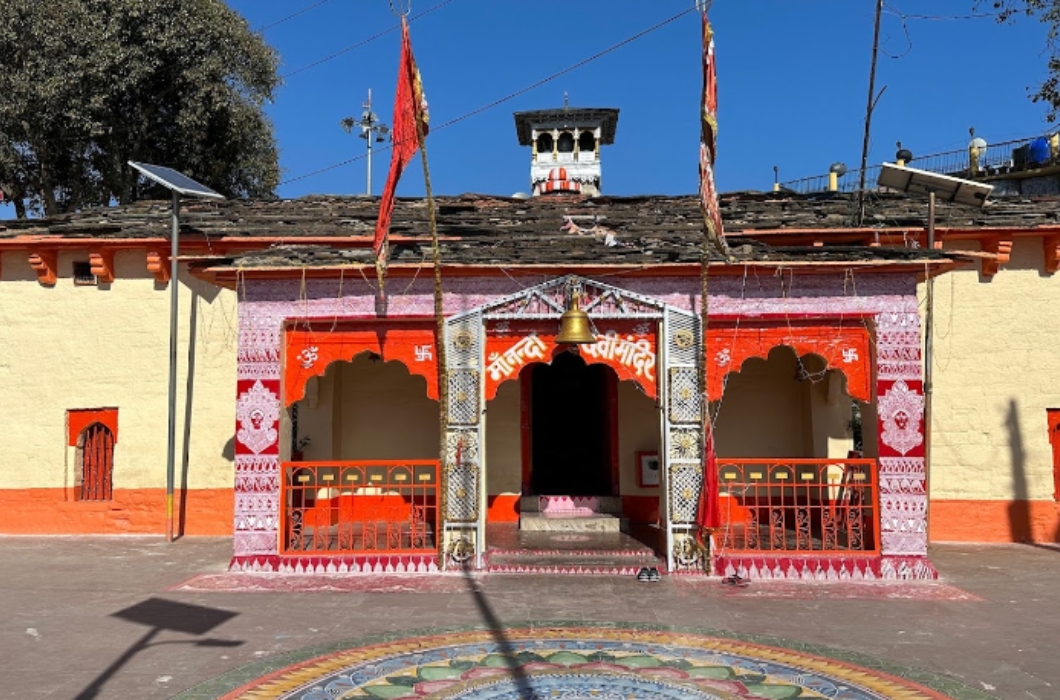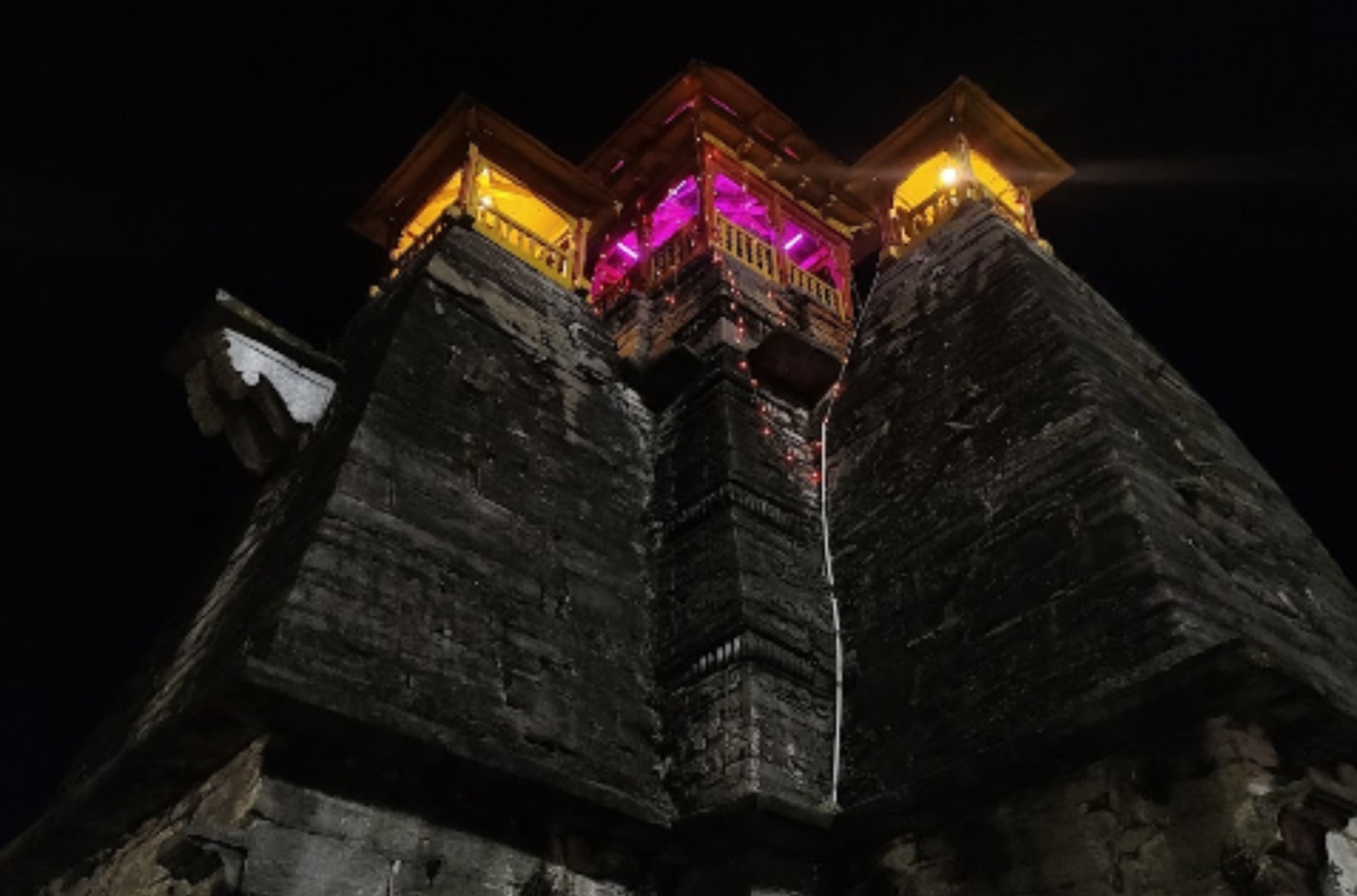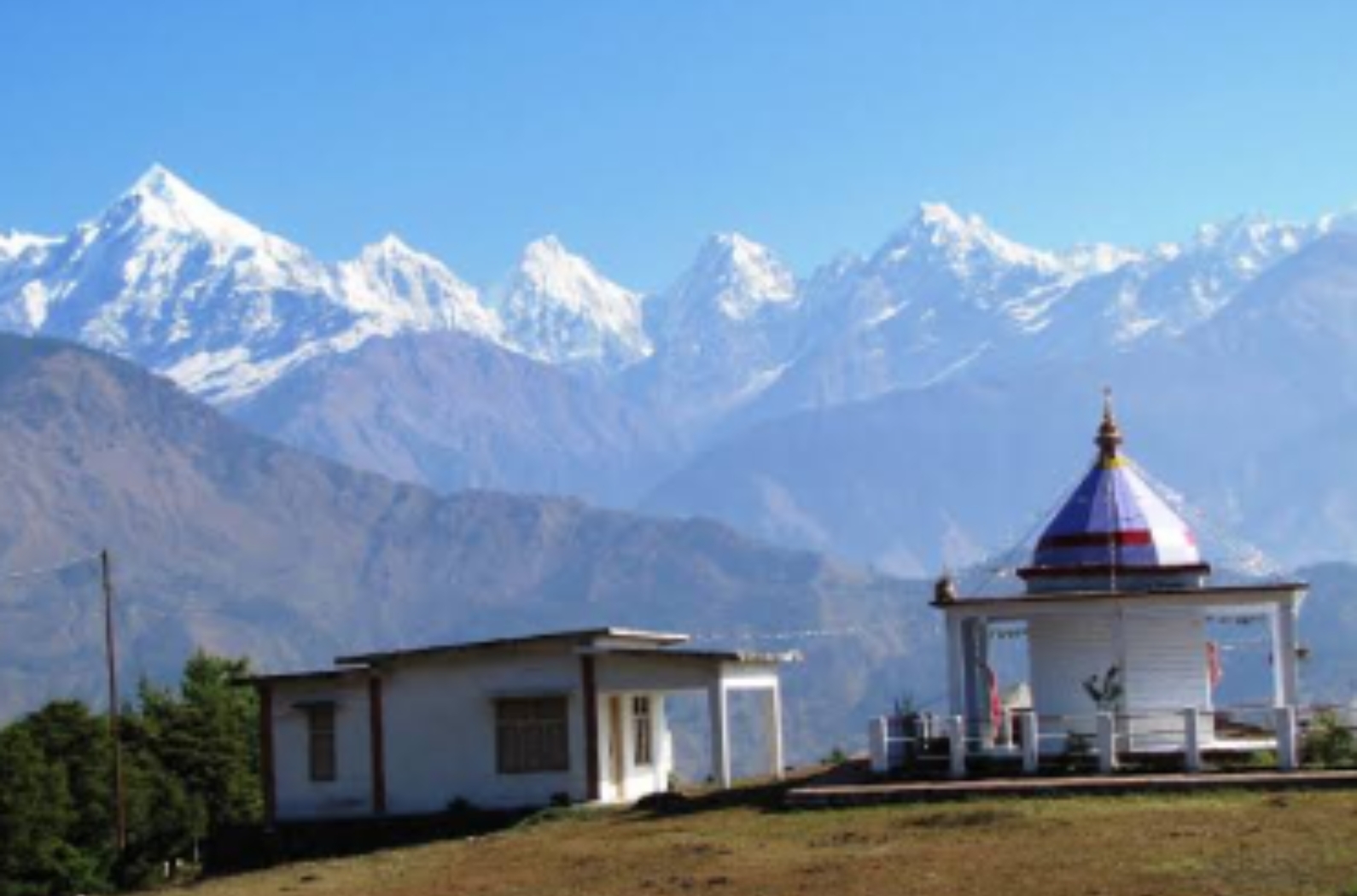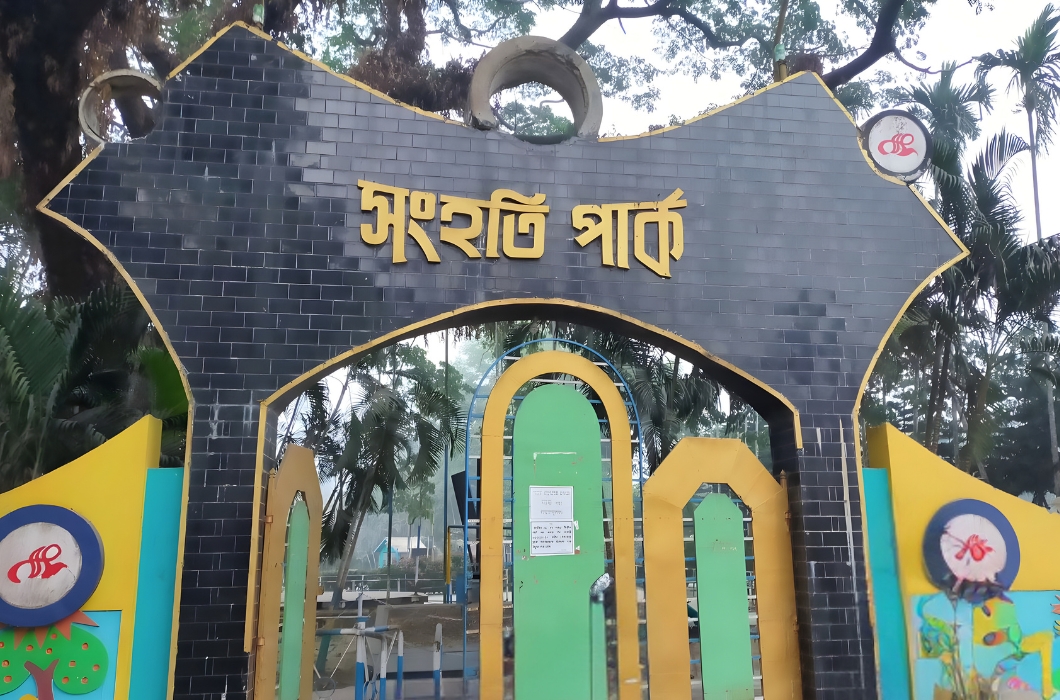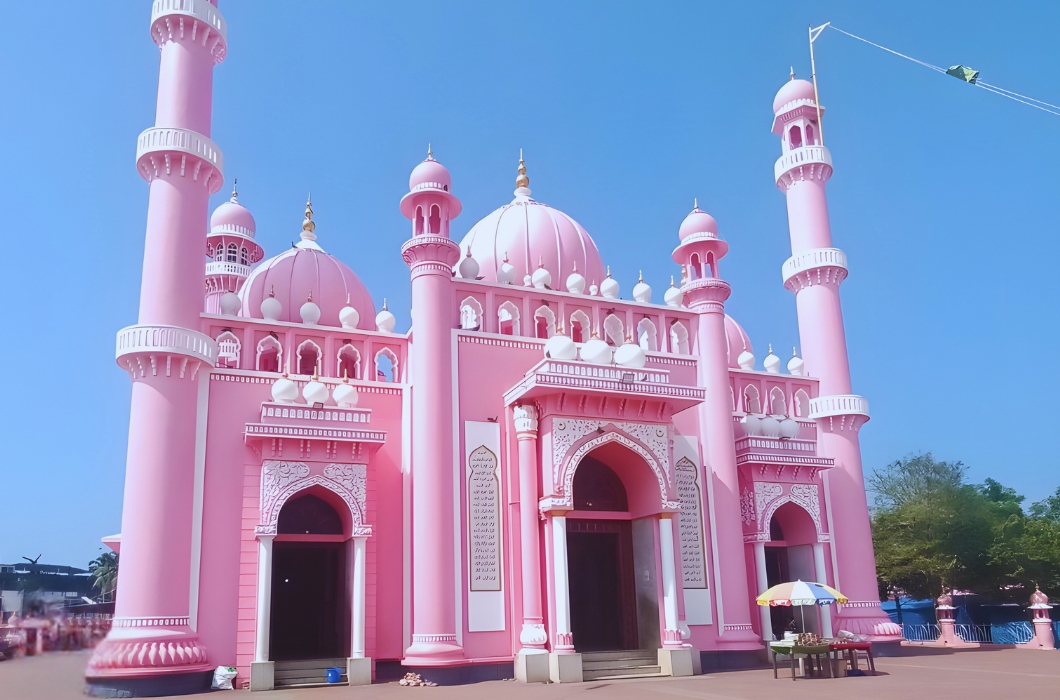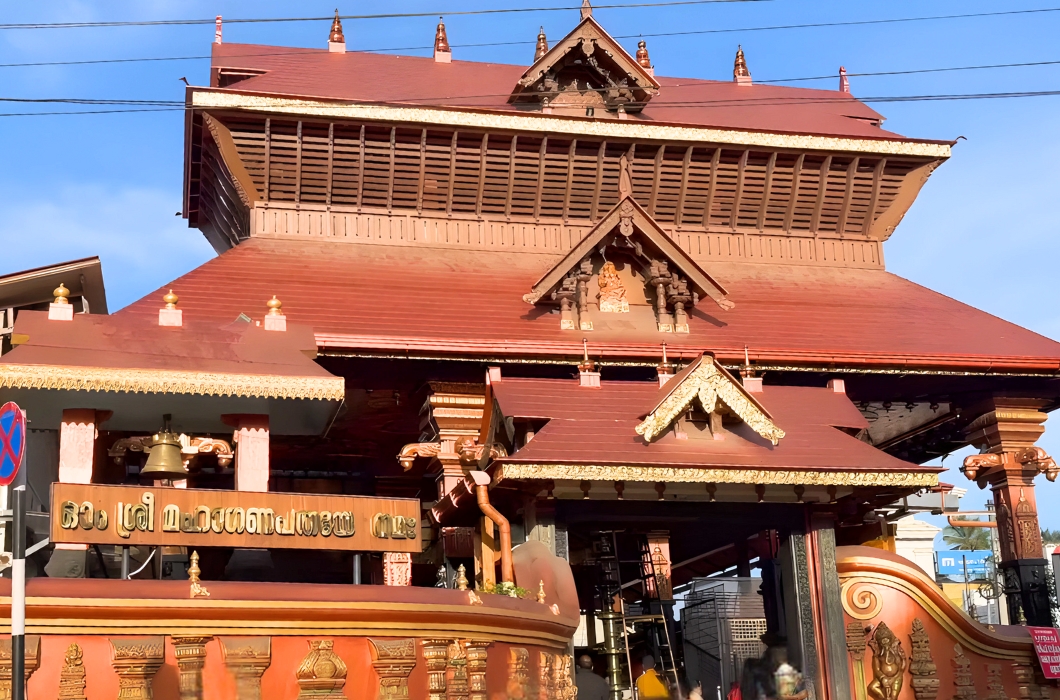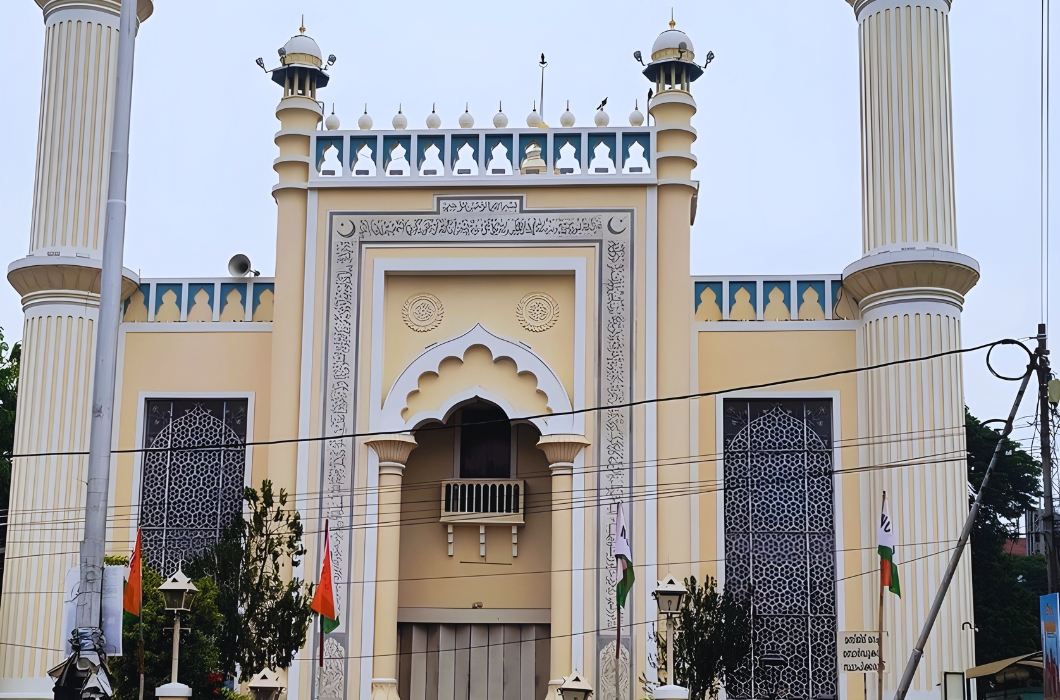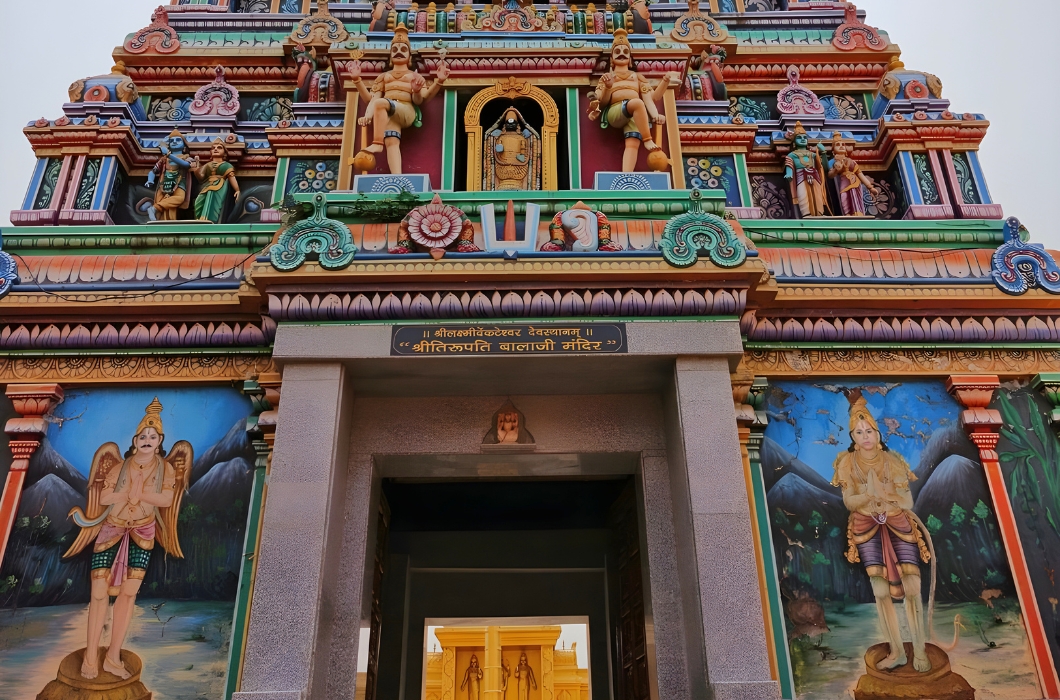Over the years, two significant storylines of Nanda Devi have been mixed into one. The first one is from Kumaon. The most common story is that Nanda and Sunanda were two sisters born into the royal family of Kumaon. Every year, the community celebrated the birth of twins, considering it a sign of good fortune, and they weaved a story of their lives into the festivities.
Once, both sisters went somewhere through the forest, and a buffalo began chasing them. Both sisters hid behind a banana tree, but a goat came and ate the tree leaves. The bull killed both sisters. Now, when annual celebrations occur on Nanda Ashtami, the idols of Nanda and Sunanda are made of banana trees shaped like a mountain. And a buffalo and a goat are sacrificed. The government banned animal sacrifice a few years ago. This version of the story is not famous in Kumaon but in Nainital and in Almora, which is the cultural center of Kumaon.
Other regions have their local versions and temples. But let’s visit story number two, which was brought to you from Garhwal. Garhwal’s stories mention Nanda differently, and they mention them a lot more than Kumaon. The most common version in Garhwal is that Nanda is Parwati, born in the hills, and married Shiva of Kailash. This story is famous in TV serials and shows. The place where Shiva was married to Parwati is Baijnath, written in Manaskhand (a scripture), and Badri Dutt Pandey in his famous book, history of Kumaon. People of Garhwal say that Triyaginarayan was the site. Parwati got disenchanted and bored with Kailash. So, every 12 years, she returns to her maternal home for a few weeks. The journey back to Kailash is re-enacted in a 180 km (174 miles) long pilgrimage recurring every 12 years, called Nanda Devi Raj Jat. It starts in a village called Nauti near Karnaprayag, and the route continues along the Pindar river to Nanda Kesari, where Nanda of Kumaon meets Raj Jat. The whole pilgrimage continues north to Homkund via Bedni bugyal and Roopkund.
Nanda Devi must have had another story before this in Garhwal, which was merged with the story of Shiva and Parwati sometime later. Further down the road, the story of Nanda Sunanda of Kumaon must have been merged with it.
